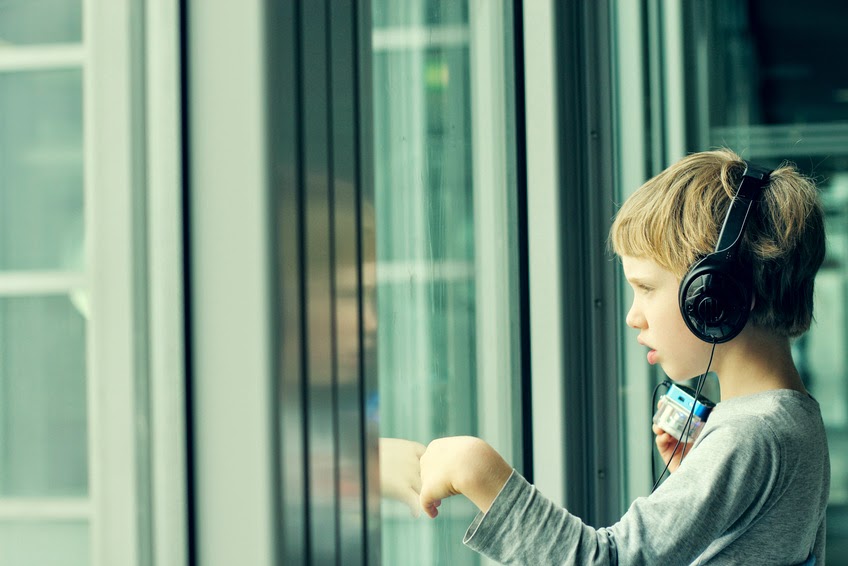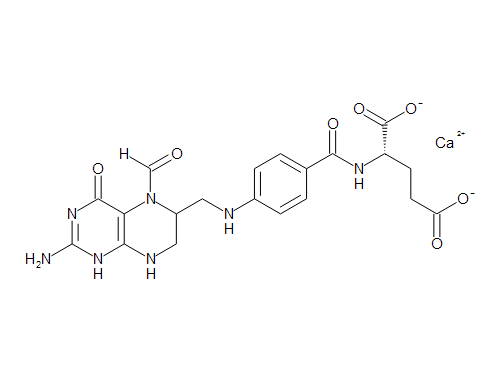“Dolphin-Assisted Therapy, or DAT, is a therapy used to improve speech and motor skills in people with physical and/or emotional problems,” Sharon’s Creative Corner, a resource for parents and teachers of children with autism, explains. “It involves one-on-one contact with dolphins.” The idea of dolphins as healers isn’t exactly new. Ancient Greeks and Romans just about worshiped dolphins (in one myth, Poseidon sent a dolphin to rescue his shipwrecked son, for example), and the Celts and Norse believed they had mythical healing powers. Some questions remain: Is it a safe and effective treatment for autism? Is it worth the money?
One Of The Most Expensive Therapies May Be Mostly Hype
It is entirely understandable that parents, most of whom have had children showing signs of autism spectrum disorder (ASD) as early as age three, want answers — and some also want a miracle. Keep in mind that a single session of dolphin-assisted therapy for autism may cost hundreds of dollars and a few sessions or a week-long therapy program can easily cost thousands.
Do these therapy programs produce results? The answer to that is not entirely clear. According to PBS, psychologist David Nathanson “found that the children who worked with dolphins learned up to four times faster — and remembered more of what they learned — than those in conventional classroom settings.” At this point, there is very little science backing up the Nathanson’s claims and DAT. Experts recommend it if you go in with low expectations — something akin to a more structured swimming with dolphins experience. If you don’t believe the basic experience of swimming with dolphins would benefit your child, it may be best to skip it.
Everyday Alternatives That Work
Of course, DAT is not the only solution — and it is far from the best and most convenient solution out there. DAT is not recommended for the 30 to 50% of children with autism who also suffer from seizures, for example. There are several activities for autistic children, like special needs swimming lessons and painting classes, that can help at a much lower cost. Parents can also purchase sensory products, like sensory ball pits, chewy tubes, and cocoon swings to stimulate learning and development.
Over 3.5 million Americans have autism, and — unfortunately — there is not a cure-all, miracle, or a simple answer. Consider scientifically proven and accessible alternatives to expensive therapies, like dolphin-assisted therapy.






